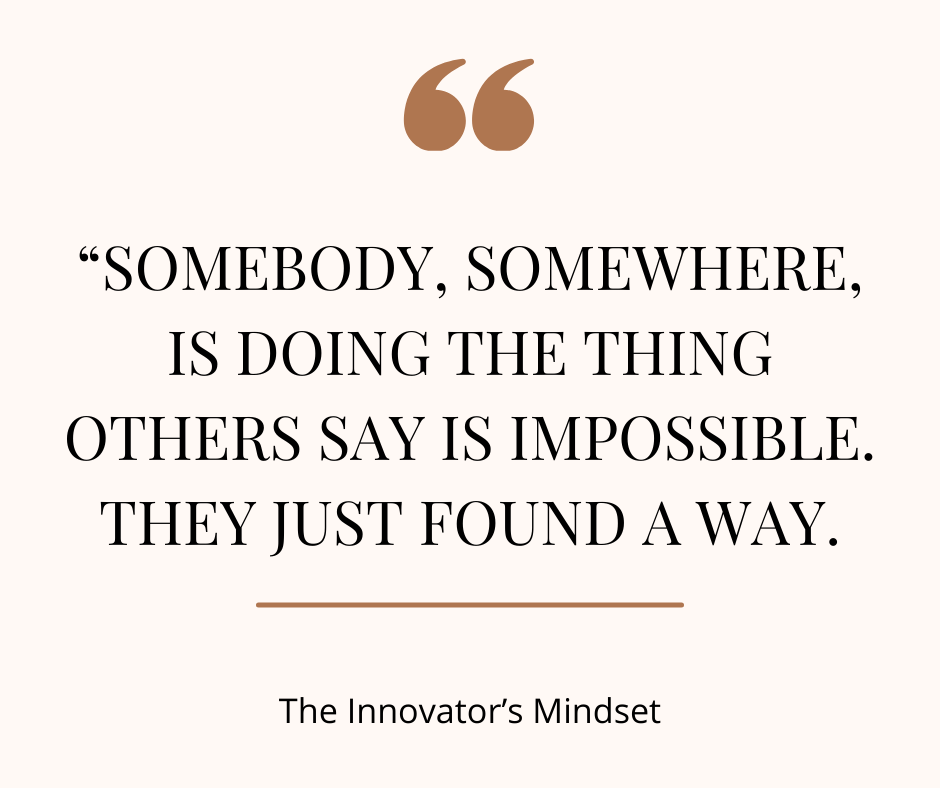One of my favorite education accounts on TikTok is from Superintendent Georgeanne Warnock, Ed.D., otherwise known as “The Subbing Superintendent.” She has a way of challenging ideas in education in a way that is conducive to conversation while elevating her staff and community in a way that is truly authentic.
She is brilliant not only in her implementation of ideas to serve her community but also through her willingness to ask questions, listen to answers, and take action from those ideas. If you are in a leadership position, you should check out her account on TikTok and see how it makes her both brilliant and approachable.
One of the actions I have been following is with her district’s switch to a “four-day” work week. It has been amazing to see and learn about the ups and downs of the process. When I saw Georgeanne recently at an event I was speaking at, I immediately felt a bit starstruck as I have followed her work closely for the past couple of years.
During that weekend, I asked her to highlight some of what was happening in her district with the four-day work week initiative, as it was the epitome of “Innovate Inside the Box.” The idea behind that book is that, yes, we have to work within inside constraints in education (and all fields to some degree), but what we do within those constraints is where magic can happen. The constraint for Terrell ISD was that they have to deliver a certain number of instructional minutes per week, but does it have to be over five days? They identified the constraint, created a solution, and, as evidenced below, seem to be on a great path (although there are still some barriers).
I asked Georgeanne if she would answer a few questions on this initiative as the work of her and the school community (and when I say community, I am not limiting it to the staff!) embody the following quote that highlights “The Innovator’s Mindset”:
Here are my questions and her answers below. What an incredible opportunity to learn from such a visionary and authentic leader.
1. What was the reasoning behind moving to a four-day work week for your district?
Georgeanne Warnock: The sole reason we shifted to a four-day work week was to recruit and retain teachers and staff. We are a little removed from the DFW metroplex, about 30 miles from Dallas…but in traffic time, that can be a long commute. Other larger districts were able to offer higher rates of pay as we emerged from the pandemic facing a teacher shortage. We believed that hearing the concerns of the staff, a four-day week could address their concerns and create an enticing work environment.
2. What were some of the obstacles you faced in changing your district schedule, and how did you overcome them?
Georgeanne Warnock: We surveyed families and staff several times through the decision-making process so that we could hear from all voices in the community. We knew the first question would be, “What about child care on Friday?”
We want to be sensitive to our parents and find solutions that work for our families and our teachers. We were able to apply for a grant that allows us to provide free after-school care for students as well as extended learning on Fridays for three of our campuses. We supplement locally to make sure that all of our PreK-5th grade students have an option for Friday learning if that is what their family needs. We also had concerns about our students eating on Fridays, as we have food insecurity in our community. We received a grant and opened a grocery store in one of our schools for our families, and we provide meals for our students in extended learning on Fridays or attend intervention sessions on Fridays. We also had concerns about compressing the curriculum. Even though we spent the same number of instructional minutes in school as we did previously, we had to restructure our scope and sequence. And we are still collecting feedback on what is working and what we need to improve for next year.
Essentially, we thought through the roadblocks and found ways to go around, through, or over them. We worked with a team of staff and community members for about a year, including voices from our special services team, fine arts, athletics, and all campuses, and we continue to seek feedback from different focus groups.
3. Now that you have moved to this schedule, what have been some of the positive benefits you have seen?
Georgeanne Warnock: We are wrapping up our third quarter of this year. So far, we have seen a significant reduction in discipline infractions and penalties, increased student attendance, increased academic performance in year-over-year comparisons of unit assessments, a fourfold increase in the number of applicants, a +6 year gain of years of experience for our first-year hires, a significant increase in certified teachers, and improved climate and culture.
We’ll keep it going and look forward to making it even better next year.
